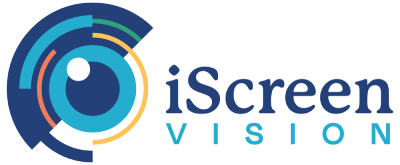It depends. Eye charts have several limitations. For one, using an eye chart to measure visual acuity requires a verbal response from the child, so it is not appropriate for preverbal children. In addition, properly administering an eye test requires a child to have each eye tested individually and not “cheat” by peeking through the closed eye or try to remember the order of the letters from the first eye tested. In addition, while studies have shown that a test with an eye chart may reliably detect vision problems caused by myopia in adolescents, but not hyperopia or astigmatism, according to a 2010 study in the Archives of Ophthalmology. (Leone J,Mitchell P,Morgan I,et al. Use of visual acuity to screen for significant refractive errors in adolescents: Is it reliable? Arch Ophthalmol.2010;128(7):894-899). Eye charts also may not be able to reliably detect strabismus or cataracts or other media opacities, which can be detected by photoscreening or other instrument based screening.
Snellen Chart FAQs
These FAQs discuss the Snellen Eye Chart (also called the Snellen chart, Snellen test, Snellen visual acuity test, Snellen vision chart, or just Snellen).
